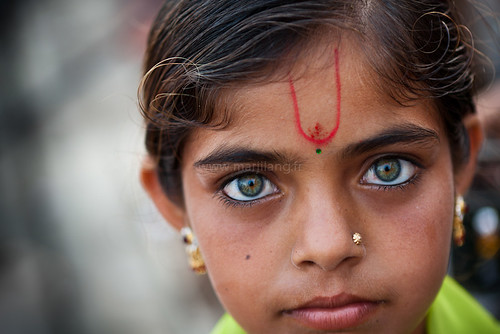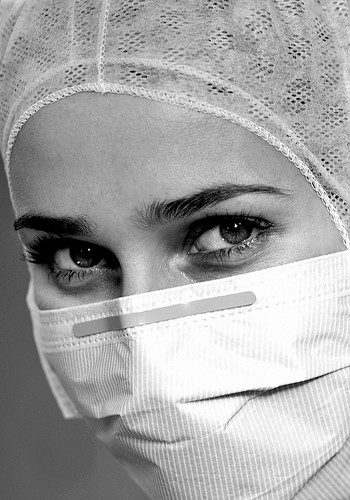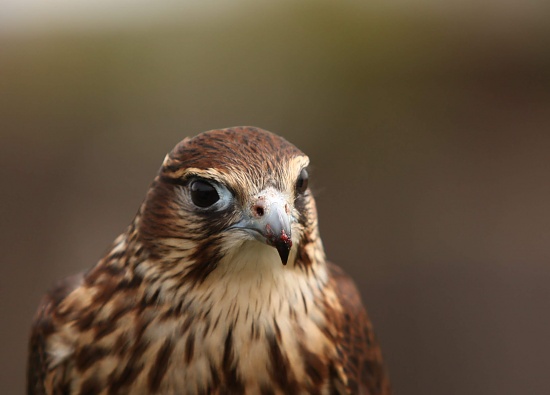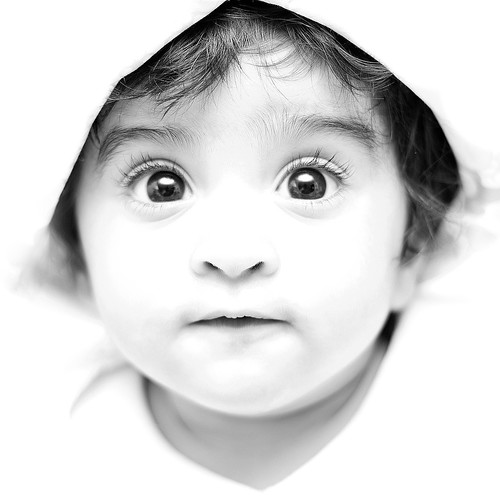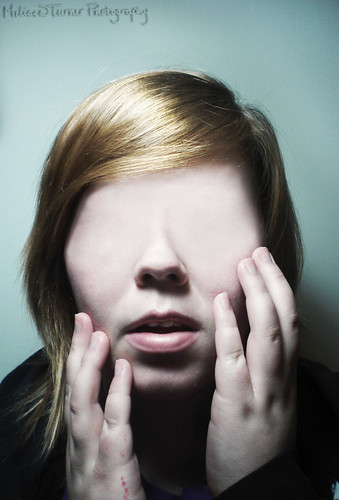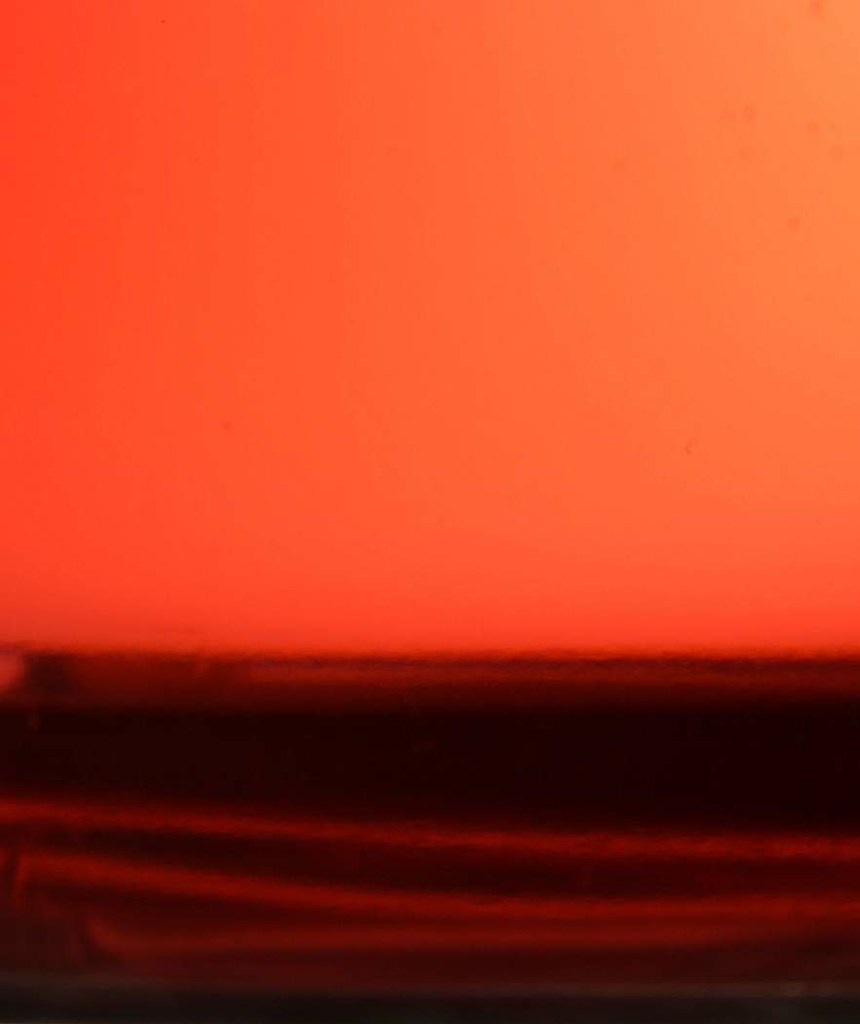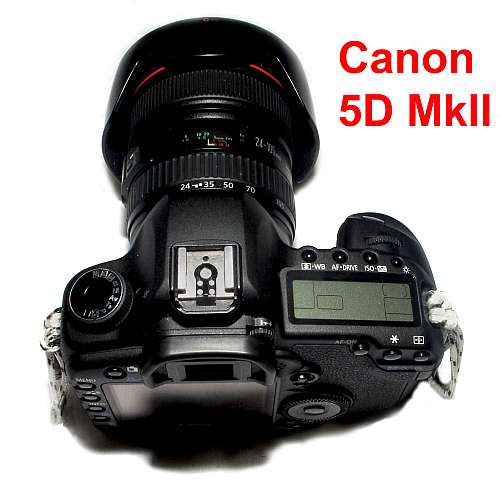
"Bison" - The eyes are often the most important element in a photograph. Make them central to your shot if you can. Your viewer will almost always start there.
The most important element of a photograph
The power in the eyes of a person or an animal draws your viewer into your photograph. The stronger and more prominent you make the eyes the more you will capture the attention of your viewer.
There are many ways you can help emphasize the eyes…
Focus:
Nearly always the eyes should have the most sharpness. If the eyes are sharp then you will be able to get the attention of the viewer. You can of course vary your depth of field and your softness for other parts of the picture, as long as the eyes are sharp.
Thirds:
As with any composition the eyes are a significant element. You can really highlight them well if they are on one of the ‘Rule of Thirds‘ grid points. If it is not easy to fit them to a grid point then try to put them on one of the lines of thirds. Both these positions will make them have a more dynamic position in the picture.
Lines:
Often when composing a picture it is possible to use the eyes to join up with other compositional elements. The eyes have two points which implies a line between them. If you are able to put them on a line with something else in the picture the implied line will draw the eyes of your viewer. That implied line is a powerful way to get your viewer involved.
Line of sight:
A very strong compositional tool is to use the eyes of a subject in the picture to point out something else in the picture. This is done by photographing the subject with their eyes looking toward another significant object in the picture. This correspondence helps the viewer to understand the prominence of both the subjects. Lots of expression on the face of the ‘looker’ helps with this one too. Often this is a great ploy for a ‘different’ photograph at a tourist site. Photograph a tourists eyes drinking in the view and you will provide a great interplay between the tourist spot and the other person. You will be showing not only the human element but also the famous place.
On the diagonal:
The eyes are normally seen evenly placed on the horizontal. As that is how we normally see them they are, well, normal. If you ask your subject to incline their head a little so the eyes are slightly on the diagonal they have a new dynamic… er, not normal! Do it, you will see how effective it can be. Not for every picture, situation or face, but a great ploy in a set of photos. The inclined head is often the image that gets picked out. (See: Nadia by Enigma Photos – below).
Rapport:
Often, when taking a portrait, the eyes look alive and dynamic when they appear to make contact with the photographer. Remember your viewer is looking at you when you take the shot, but they are looking directly at the viewer of you shot too. That has a great impact on the viewer. So if you can build a rapport with your subject the eyes really seek out the viewer and have a greater impact as a result.
Catchlights:
The eyes often look dead and lifeless if there are no ‘catchlights’. That is the photographers term for that little flicker of light that you see in the eye… a reflection from a near light source. The catchlights give life, shape and direction to the eye. In fact portrait photographers are obsessive about getting these little compositional elements right in the eyes because they eyes just die without them. Really study catchlights and find opportunities to put them into your shots. Your photos will come alive.
Emotion:
The eyes often convey great emotion. Just look at the eyes of a winner in a sports competition. Wow! They say it all. Now capture the eyes of the loser. Wham! Real impact. Get those eyes in focus right at the moment of the fully expressed emotion and you will have a winner.
Not there…
Sometimes it is what you can’t see in a picture that provides the impact. Eyes, or at least where they should be, can be very impactful if they are not where you expect them.
Here are a few pictures that really show the impact of eyes. I hope that some of them inspire and inform your own shots. Why not leave a link in the comments so we can see your eye shots too.
On this link you can see a really captivating pair of dogs eyes. Wonderful focus and excellent perspective… Beagle eyes ![]()
Here are a really dynamic pair of childs eyes. Wonderful capture! Behind these hazel eyes… ![]()
This link takes you to a photograph that is exciting because of what you cannot see… Look ![]()

